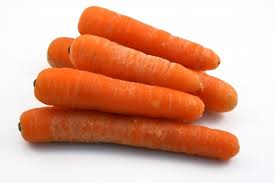The Himalayan yew is one of the many species of yew tree that grow in temperate zones around the world. Unfortunately this yew is an endangered species of tree due to its capacity to provide taxol from its bark. Taxol is an effective anti-cancer drug used in cancer chemotherapy, and was first discovered in the Pacific yew. When this species was virtually on the verge of extinction, botanists and scientists found that taxol could also be obtained from Taxus Wallichiana, and now the same fate faces this tree.
Taxol is effective against breast and ovarian cancer treatments, although alone it has a 56% success rate in treating beast cancer and only a 30 % success rate of treating ovarian cancer when combined with other drugs it has more than 60 % success rate. Male trees yield more taxol than female trees.
In the remote Himalayan regions where this evergreen coniferous tree grows, I is used in traditional medicine which has its roots in prehistoric times and which uses soil, herbs and the roots and bark as well as other parts of trees to cure illnesses, along with ‘magic’ rites. The people who inhabit these regions believe in local gods; some of them were people who have been deified such as Bhola Nath, Gollu Devata and Lakiya Bhut, but others are far more primitive gods. Illnesses are believed to come form the gods and they are appeased with offerings and ceremonies performed by the shamanic priest or Poochari. These people are not sure which specific ingredient cures an illness, but will mix them together in the ways of their ancestors.
In Unani medicine (this means Greek and was introduced to the Indian subcontinent by the Arabs in ancient times) in the Indian subcontinent, the bark and needles of the Himalayan Yew tree are used as a sedative, aphrodisiac and for respiratory illnesses and are also used to treat snake bites and scorpion stings. In Ayurvedic medicine the same parts of the Himalayan Yew are used for headaches, diarrhoea and a number of other ailments.
The bark of the tree is also used to make butter tea, and the wood from the tree is used for timber to construct dwellings in the area. In medicines in this area the needles (leaves) are used as is the young tree bark. In Pakistan the branches are used as fodder for animals, but the foliage and seeds are toxic. The only edible part of the tree is the red outer casing of the fruit or seed. This is pulpy and apparently sweet. Although the tree is classed as coniferous, it doesn’t yield cones like a pine tree, only the seeds encased in the pulpy red aril (seed casing).









